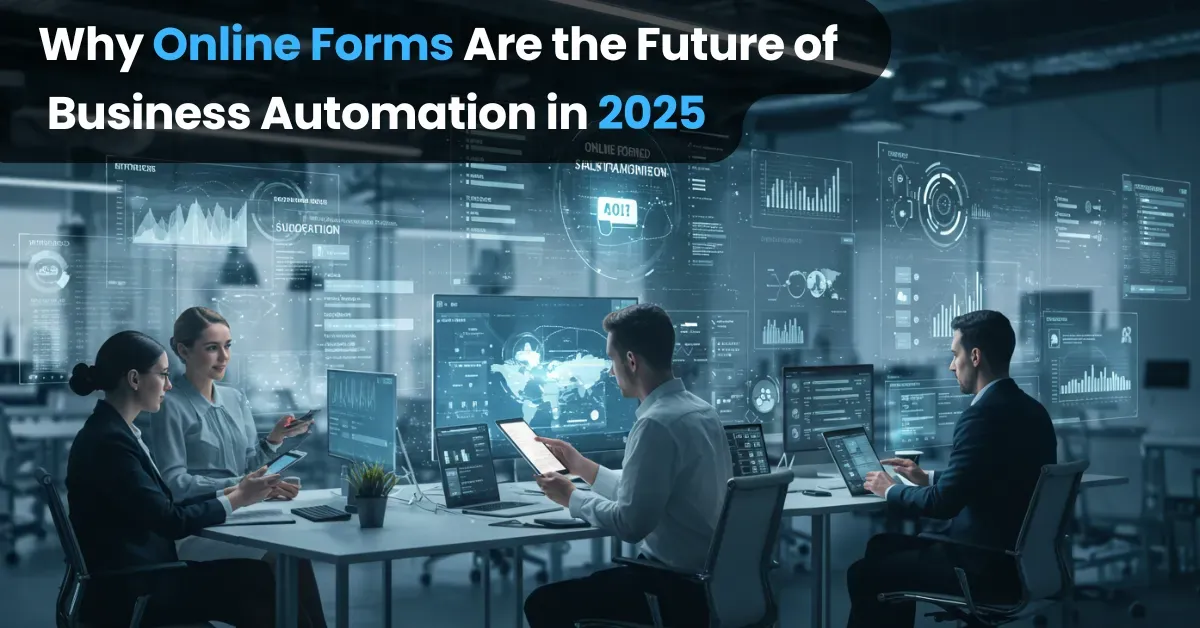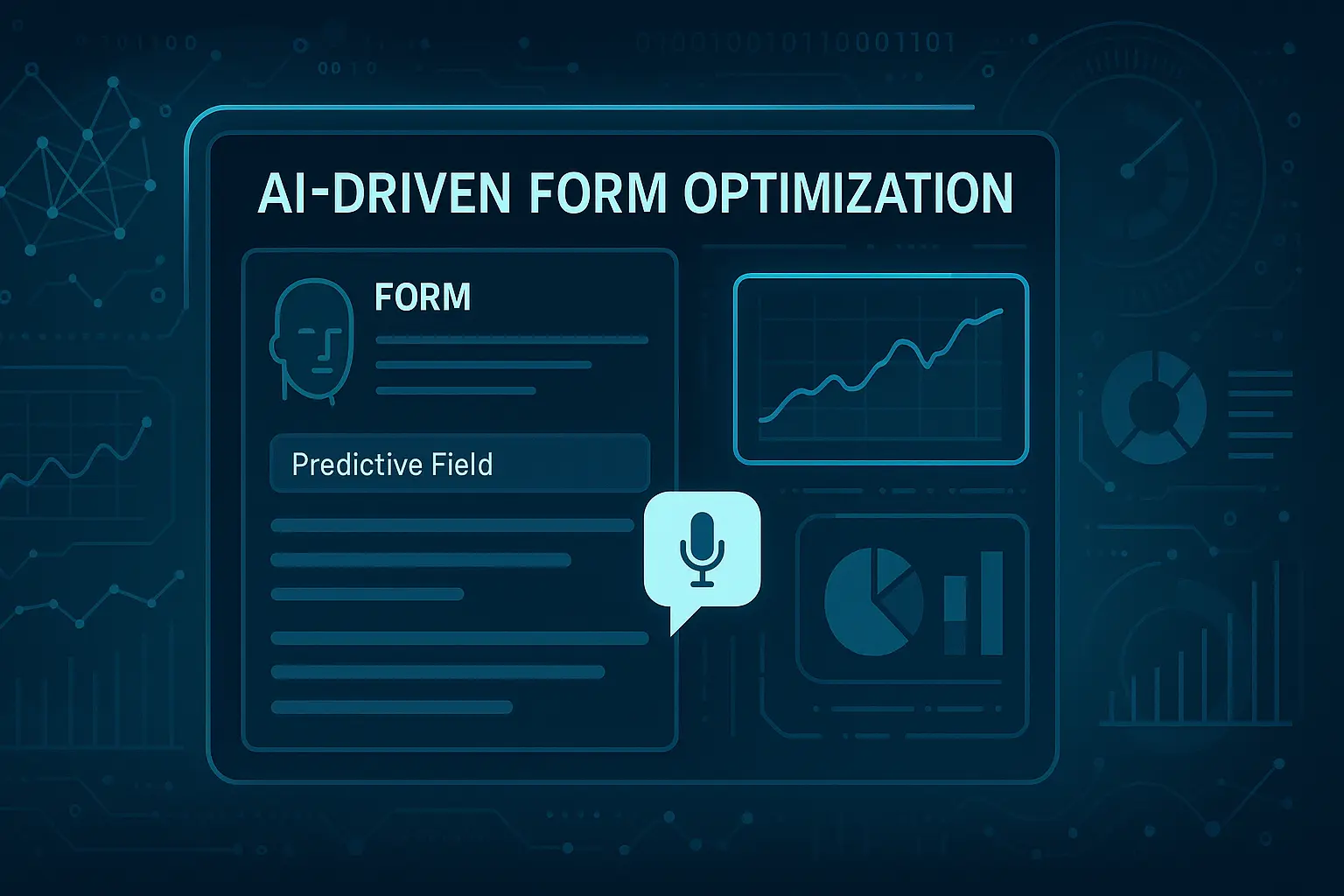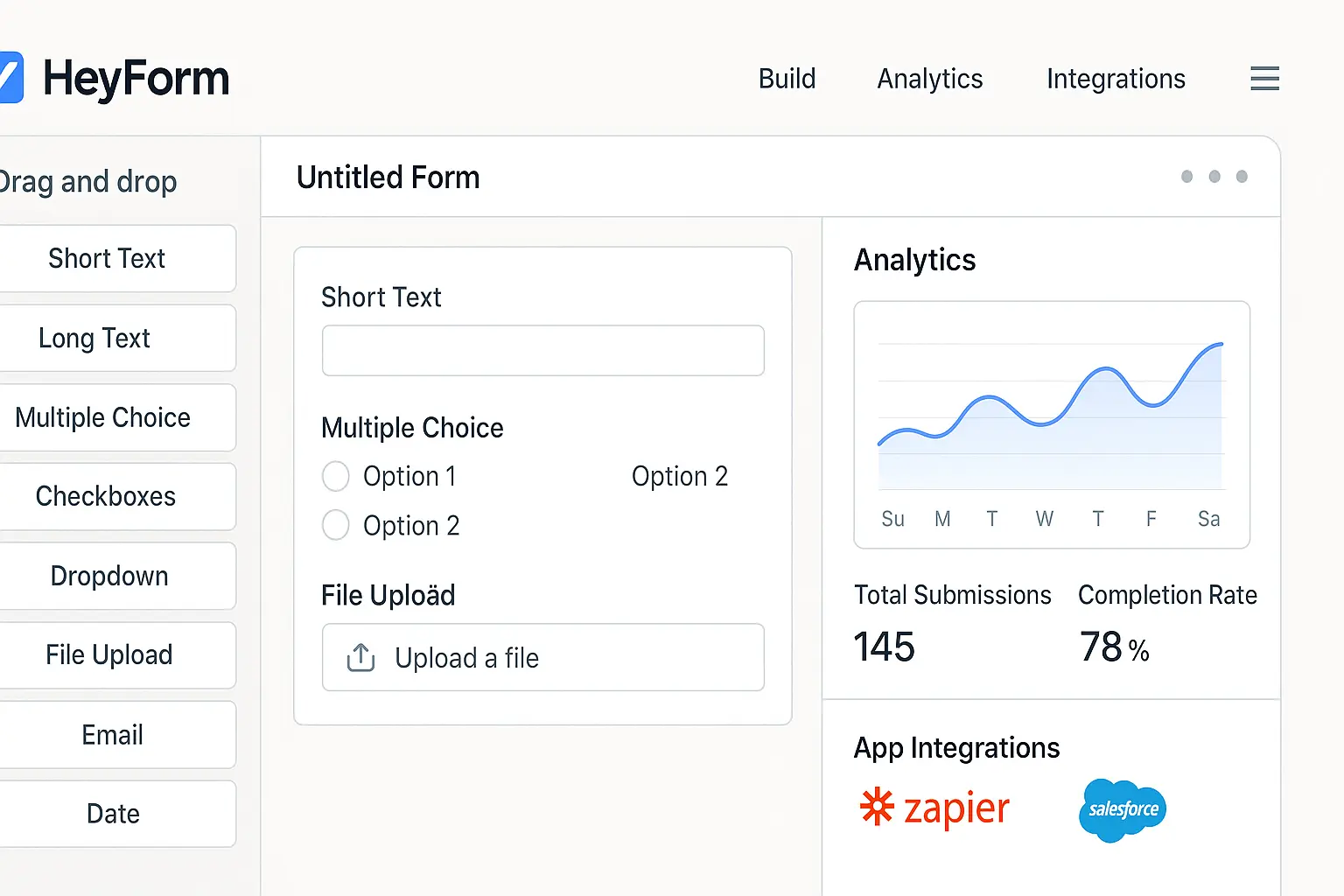Why Online Forms Are the Future of Business Automation in 2025.

In an era where digital transformation dictates market success, businesses are racing to adopt tools that streamline operations, reduce costs, and enhance customer experiences. At the heart of this revolution lies online forms, a seemingly simple tool evolving into a cornerstone of business automation. By 2025, experts predict that intelligent, AI-powered forms will become indispensable for companies aiming to stay competitive. In this blog, we explore why online forms are poised to dominate business automation and how platforms like HeyForm are leading the charge.
The Evolution of Online Forms: From Paper to Powerhouse
The journey of forms from paper-based questionnaires to digital powerhouses mirrors the broader trajectory of technological progress. In the 1990s, businesses relied on manual data entry, which was slow, error-prone, and resource-intensive. The early 2000s introduced basic web forms but lacked interactivity and automation. Today, advancements in cloud computing, artificial intelligence (AI), and user experience (UX) design have transformed online forms into dynamic tools capable of handling complex workflows.

Modern platforms like HeyForm leverage these technologies to offer features such as:
- Conditional logic (e.g., showing/hiding fields based on user responses)
- Real-time analytics to track submissions and user behavior
- Third-party integrations with CRM systems (e.g., Salesforce), payment gateways (e.g., Stripe), and collaboration tools (e.g., Slack)
- Mobile-responsive designs that adapt to any screen size
For example, a retail company can use HeyForm to automate its customer feedback process. Responses are instantly analyzed, and dissatisfied customers are flagged for follow-up via integrated email marketing tools like Mailchimp. This seamless automation replaces weeks of manual data processing.
Key Benefits of Online Forms in Business Automation
Online forms aren’t just convenient—they’re strategic assets that deliver measurable ROI. Below is a comparison of traditional methods versus modern online forms:
1. Enhanced Efficiency
Automated forms eliminate repetitive tasks. For instance, HeyForm workflow automation can route form responses directly to tools like Slack or Google Sheets, slashing processing time by up to 70%. A 2023 McKinsey report found that businesses automating workflows save an average of 240 hours annually per employee.
2. Data-Driven Insights
Integrated analytics transform raw data into actionable insights. A 2023 Statista report revealed that 64% of businesses using automated forms improved decision-making through real-time dashboards. For example, a healthcare provider using HeyForm could track patient satisfaction trends and allocate resources to underperforming departments.
3. Improved Customer Experience
Personalized, mobile-friendly forms reduce friction. A Baymard Institute study found that 23% of shoppers abandon purchases due to cumbersome checkout processes—a problem sleek forms resolve. With HeyForm customizable templates, businesses can design branded forms that align with their UX, boosting completion rates by up to 40%.
Top Trends Driving Online Form Adoption by 2025
1. AI and Machine Learning Integration
AI-powered forms will predict user inputs, auto-fill fields, and even detect fraudulent submissions. Machine learning algorithms can also optimize form layouts based on user behavior, increasing conversion rates.

2. Mobile-First Design
With 58% of web traffic coming from mobile devices (Statcounter, 2023), responsive forms are non-negotiable. Platforms like HeyForm prioritize mobile UX with features like thumb-friendly buttons and offline form access, resulting in 40% higher completion rates on smartphones.
3. Enhanced Security Protocols
As cyber threats grow, compliance with regulations like GDPR and CCPA is critical. HeyForm ensures data protection with SSL encryption, two-factor authentication (2FA), and secure cloud storage. A 2023 IBM report found that companies using encrypted forms reduced data breach costs by $1.2 million on average.
4. Voice and Chatbot Integration
By 2025, voice-activated forms and chatbot hybrids will simplify data collection. Imagine customers booking appointments via voice commands captured through a form! HeyForm is already testing integrations with voice assistants like Alexa, enabling hands-free form completion for industries like healthcare and hospitality.
Streamline Your Operations with HeyForm
By switching to HeyForm’s customizable templates, you can automate the entire process of form building:
- Conditional logic ensured applicants only saw relevant fields (e.g., commercial license holders skipped basic training sections).
- Zapier integrations auto-populated their HR software (BambooHR) with applicant data.
- Analytics dashboards tracked onboarding progress in real time.
How HeyForm Prepares You for 2025
HeyForm isn’t just a form builder—it’s a future-proof automation partner. Key features include:
- Drag-and-Drop Editor: Create polished forms in minutes, no coding needed.
- 50+ Integrations: Connect to tools like Mailchimp, Salesforce, and Zapier.
- Advanced Analytics: Track KPIs with visual dashboards and exportable reports.
- AI-Powered Tools: Automate data cleaning, sentiment analysis, and trend predictions.

Conclusion: Embrace the Form Revolution
The future of business automation is agile, data-centric, and customer-focused. Online forms, especially AI-enhanced solutions like HeyForm, are central to this shift. By 2025, companies leveraging these tools will dominate through:
- Faster decision-making via real-time insights
- Cost savings from reduced manual labor
- Higher customer retention through seamless experiences
Don’t get left behind. Start building your first automated form with HeyForm today.
